This is part two of a two-part review, the first part being a review of the amazing Wells Audio Dragon Level III tube hybrid headphone amplifier (that can be found here). At the time the Dragon was offered for review I thought what better way to review a flagship tube headphone amplifier than with a matching tube DAC, hence I asked to review the Wells Audio Cipher Level I tube DAC at the same time. While one might ask why not the Level II Cipher, at $5,000 the Level I Cipher is a better match for the $5,500 Level III Dragon, at $13,000 the Cipher Level II is best reserved for rare-air two-channel loudspeaker systems, but if your budget allows I would say go for it and run the flagships as a pair.
The Wells Audio Cipher Level I Tube DAC:

Unlike many high-end DAC manufacturers, Wells Audio acknowledges the simple well-established fact that the most important part of a DAC is the analog section. You can do all of the manipulation-of-the-digital-bits you want, if you have a mediocre analog section, you have an at best a mediocre DAC. I have listened to highly lauded ten thousand dollar plus DACs that fall victim to this and am unable to understand why people like them.
Some will question the use of a chip-based DAC in a $5,000 DAC, but Wells has very good reasons for this. While a well-executed discrete DAC can have certain advantages in terms of musicality and a bit-perfect PCM DAC is simply more accurate than a Sigma/Delta DAC in decoding PCM, the potential to degrade the sound with a discrete DAC is extremely high. Let’s take a look at a ladder DAC as example, for a 32-bit ladder DAC to work you need 32 distinct resistances, each must be exact, any variance causes an exponential error, even military-grade .005% resistors are not accurate enough, even the length of the circuit board traces can affect this, so it takes a lot of out of the box thinking to make a ladder DAC sound as good as a basic DAC chip, and many question whether the inherent inaccuracy of Sigma/Delta is noticeable. And to return to the previous statement, the analog section will make a significantly greater difference in the overall sound quality of the DAC, so Wells chose to focus on that with excellent results.
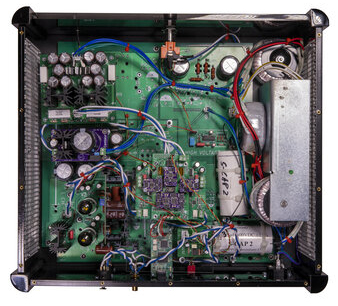
There are two models of the Cipher, Level I and Level II, with a further option of adding a volume control for those who wish to bypass the need for a preamp. The Level I which is used in this review is equipped with the following features:
- Four layer circuit board optimized for mixed signals
- Designed specifically for the ESS Sabre PRO series DAC chips (ES9038)
- 8 channels preconfigured for 2-channel (stereo) operation
- High precision, ultra-low-phase noise clock and integrated reclocking
- Optional high precision external clock connections
- Five independent supply inputs for digital and analog stages
- Direct DSD, DoP, I2S and S/PDIF inputs supporting up to 32-bit/384kHz and DSD512
- Switchable S/PDIF digital input
- Accepts both consumer level and TTL-level S/PDIF input
- Optional digital volume control
- Lock LED
- Fully balanced, dual mono symmetrical operation for ultra-low noise floor
- Four layer circuit board for optimized layout
- VOCM Servos eliminates common-mode input offset current from the balanced I/V stages
- DC Servos eliminate offset in single-ended stages
- Supported Sample Rates of 44.1kHz, 48kHz, 88.2kHz, 96kHz, 176.4kHz, 192kHz, 352.8kHz, DSD512
- Supported Stereo (2 channels) Input; PCM (I2S) (up to 32-bit, 384kHz), DoP (DSD over I2S), DSD, S/PDIF (Consumer level or TTL-level)
The Cipher Level II has upgraded the output coupling caps to Rike’s top cap, the Copper Foil, Polypropylene, Paper-In-Oil Q-Cap which offer enhanced tonality and sweetness. Along with the change in output coupling caps are the substitution of Mundorf film and foil caps for the industry-standard electrolytic caps in the B+ supply and filament supply. Bybee AC Purifiers are added to filter and reduce noise by up to 15% on the AC power. The Tubes are cryogenically treated and the IEC is upgraded to a Furutech. The digital circuitry is balanced throughout to reduce noise and the Level II has an internal re-clocker to further reduce digitally introduced jitter and noise to nearly nothing.
As with all Wells Audio upgrades, the price differences reflect the material cost differences, which reflects Wells Audio’s you-get-what-you-pay-for attitude and offers true value for your investment.
The review sample was fitted with Tube Amp Doctor (TAD) 12BH7 Premium Selected tubes.
Living with the Wells Audio Cipher Level I Tube DAC:
The first thing I noticed about the Wells Audio Cipher Level I tube DAC was that it weighs about twice as much as the Wells Audio Dragon Level III tube headphone amplifier, which is saying a lot given the metal chassis and huge output transformer of the Dragon. My sound checks were performed with the Dragon driving Dan Clark Audio ETHER2 Orthodynamic Headphones (for performance with other headphones see the Dragon III review), using Cardas Iridium interconnects, both RCA single-ended and XLR balanced for various tests, Cardas Power Iridium Cables connected to a Core Power Technologies A/V Equi=Core 1000 using a Core Power Cables Valiant Gold Power Cord, and a Cardas Clear USB cable. For two-channel loudspeaker tests, I used the LSA Discovery Warp 1 amplifier driving my prototype non-resonant, bipolar, point source speakers with the Schiit SYS passive controller as preamp.
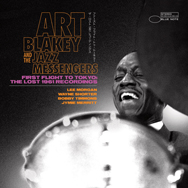
Cueing up Art Blakey & The Jazz Messengers’ “First Flight To Tokyo: The Lost 1961 Recordings” (24-bit/192kHz – Qobuz) on Qobuz and listening to the Dragon/ETHER2 combo the sound was just magical, Bobby Timmons piano was crisp and fast as was Art’s percussion, in fact transient response was the watchword of the day, with incredible dynamic range. The soundstage reflected the huge hall that the live performance was housed in. The noise floor was such that you could hear voices in the audience during the drum solos. Lee Morgan’s trumpet had that edge and texture of live brass without being offensive and Wayne Shorter’s sax was mellow and rich. The upright bass of Jymie Merritt was resonant and full free from the appearance of being amplified or artificial. The musicality of the Cipher was magnificent yet not veiled or softened.
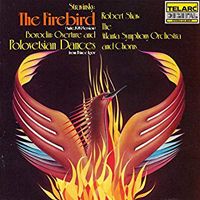
As an ultimate test of tonal balance and resolution I put on my 24-bit/96kHz vinyl rip of Robert Shaw and Atlanta Symphony Orchestra performing “The Firebird Suite” (“Stravinsky: The Firebird; Borodin: Music from Prince Igor”). Though the Cipher did nothing to hide the underlying vinyl noise the soundstage had fantastic depth and the separation of the instruments was palpable with plenty of air in a solid unwavering image. The timbre and tonality were neutral, I would say dead on, though there was quite a lot of resonance, especially in the bottom end. Switching to the 16-bit/44.1kHz CD version of the track the Cipher retained most of the detail of the higher resolution recording while offering a quieter more live presentation with a bit more dynamics.
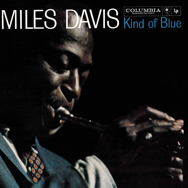
Plugging into the two-channel loudspeaker system was a real eye-opener. I normally prefer to use an active preamp but wanted to color the sound a little as possible and therefore went with the SYS, and was certainly not disappointed. After listening to several tracks, my observations were consistent, a wide deep soundstage well expanded beyond the limits of my sound room. Bill Evans’ piano for Miles Davis’ “So What” (“Kind of Blue” – 16-bit/44.1kHz) was not only extremely realistic, it was placed firmly about 10’ away beyond the speaker and outside of my wall. Miles himself was several feet behind the speakers. Paul Chambers’ double bass was exactly the volume you would expect from an acoustical instrument. The experience was very musical while maintaining that live in-the-room sound.
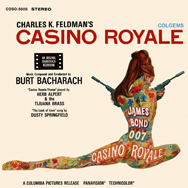
Similarly, Dusty Springfield was fully fleshed out listening to “The Look Of Love” (“Casino Royale” – 24-bit/192kHz) sultry and intimate in a large nightclub with Herb Alpert’s Tijuana Brass surrounding her on stage just behind my speakers.
Conclusions on the Wells Audio Cipher Level I Tube DAC:
There is nothing veiled or rolled off about the Wells Audio Cipher Level I Tube DAC, and none of the characteristics of the Sabre DAC are hidden or glossed over, but simply delivered to you as musically as possible. If you want a huge three-dimensional soundstage then the Cipher delivers in spades. If you are looking for a forgiving DAC that will cover up all the flaws in a bad recording then look elsewhere, despite the tube analog stage (or maybe because of it), the Cipher is not a honeyed amber lens designed to idealize your music. On the other hand, if you want to listen to your music (I could stop the sentence there) raw and real in your room live, then you owe it to yourself to give the Cipher a listen.
Another triumph for Wells Audio, the Cipher Level I proves the adage that the most important part of a DAC is the analog section.
Manufacturer’s Website: www.wellsaudio.com
Price: $5,000
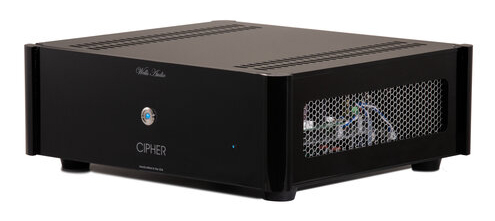

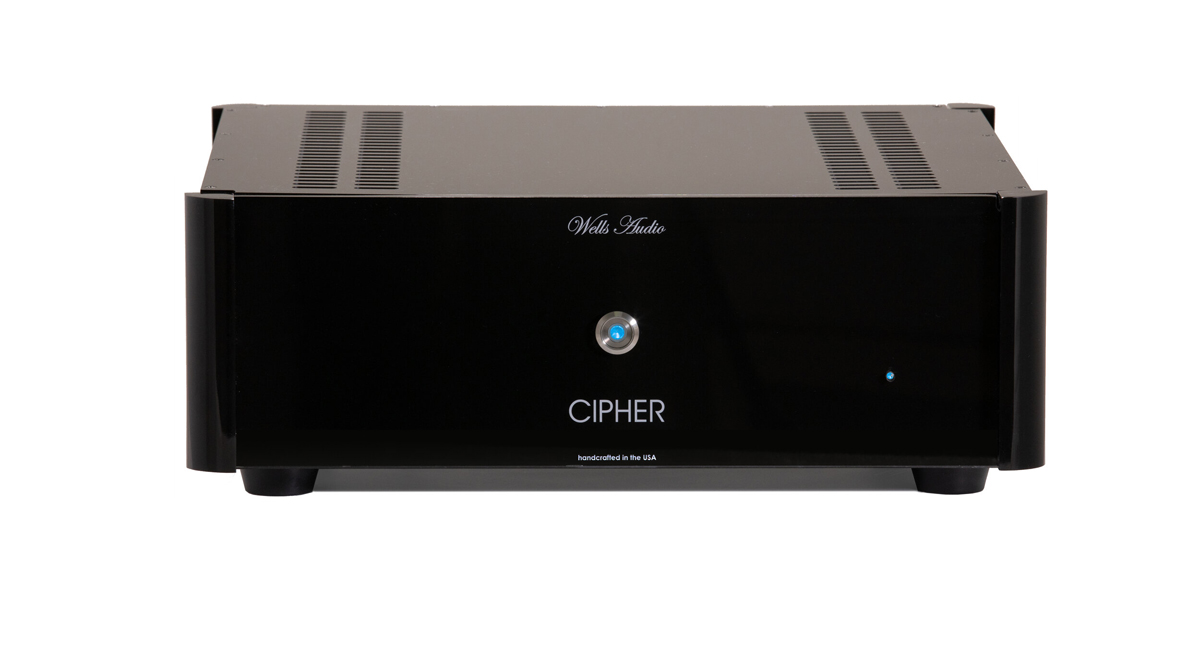






Leave a Reply
Want to join discussion?
Feel free to contribute!